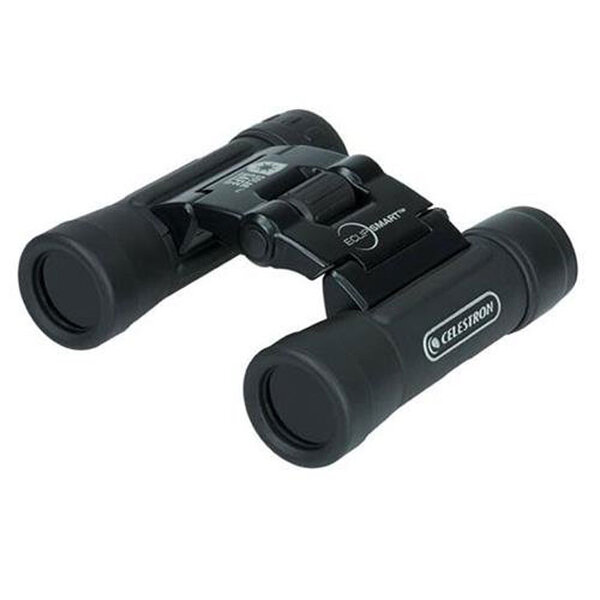Eclipse Essentials: 7 Things You Need to View It Safely
Normal0falsefalsefalseEN-USX-NONEX-NONE

By now you’ve probably heard about the big event that will take place across this country on Monday, August 21. The “National Eclipse” as it’s being called will mark the first time in nearly 100 years that a solar eclipse—when the Moon passes between the earth and the sun—will be visible across our country from coast to coast. From Oregon to South Carolina, the eclipse will travel on a 70-mile wide path, creating a period of about two to three minutes of total darkness in those areas, happening between about 10:15 a.m. and 2:45 p.m. local time depending on location. For the rest of the continental U.S. not in the “path of totality,” there will be a partial eclipse, which may or may not be noticeable depending on location and weather conditions.
Naturally, there’s been a lot of excitement about this event. Millions of people are expected to travel to one of the locations that will experience the total eclipse. And millions more will take a break from their routine to view the partial eclipse. And why not? How often do you have the chance to experience a rare astronomical event just by stepping outside? But here’s the thing, you absolutely, positively, should not try to look at the sun—even partially eclipsed—without a special-purpose solar filter (the exception is during the brief period of totality, when the Moon completely blocks the Sun, but again that will only happen in a small part of the country). Looking at the partially-eclipsed Sun, even for just a matter of seconds, can cause irreparable damage to your eyes' retinas.
The most common eye protection comes in the form of eclipse glasses—they make look flimsy and cheap but the film over the eye area, usually black polymer, is actually about 100,000 times darker than typical sunglasses! Other options include binoculars and telescopes that have been made to view the sun and solar filter paper that can be used as a DIY solution with cameras, binoculars, etc. Unfortunately, not all products being marketed as “eclipse viewers” provide adequate protection. So we’ve done some deep digging to find products approved by the American Astronomical Society that you can order today. But don’t wait! As eclipse mania continues to build, these items are likely to sell out.
Lunt Solar Systems Eclipse Viewing Glasses
Your friends will say thanks when you buy this pack of five glasses. They provide 100 percent protection from UV and IR radiation. And you’re sure to get some great group selfies when you are all wearing them!
Lunt Solar Systems Kid-Size Viewing Glasses

Here’s the kiddie version of the glasses mentioned above. Grab this four-pack for the little ones—they are sized to fit them properly and still provide 100 percent protection from the Sun’s light.
Celestron EclipSmart 10x25 Solar Binocular
You can’t use regular binoculars to view the eclipse but you can use these, which have a special filter built-in that is guaranteed safe viewing of the Sun. They come with a carrying case and are compact enough to fit in a pocket or purse.
Lunt Solar Systems White Light 8x32 Sunoculars
Here’s another pair of specially made binoculars. These have a rubberized grip and twist-up eyecups so they are still comfortable with glasses. They come in four colors: black, yellow, red, and blue.
Meade EclipseView 82-mm Reflector Telescope
Use the telescope’s included solar filter to safely observe the eclipse, and then remove it for traditional nighttime viewing of the Moon, planets, comets, and more. The unit weighs just four pounds and the base swivels a full 360-degrees for easy viewing across the sky.
Celestron EclipSmart Solar Telescope
This telescope has a permanent solar filter, so it’s intended exclusively for solar observation. The eyepiece provides 18x magnification and there’s even a solar safe finder scope that makes it easy to align the telescope to the sun without directly looking at it. It also comes with an adjustable tripod and backpack-style carrying case.
Thousand Oaks Optical Solar Filter Sheet
Create your own solar filter for your camera, binocular, or telescope with these black polymer sheets. Cut the filter sheet a bit larger than the front of your lens and be sure to attach it securely so it doesn’t fall off.









